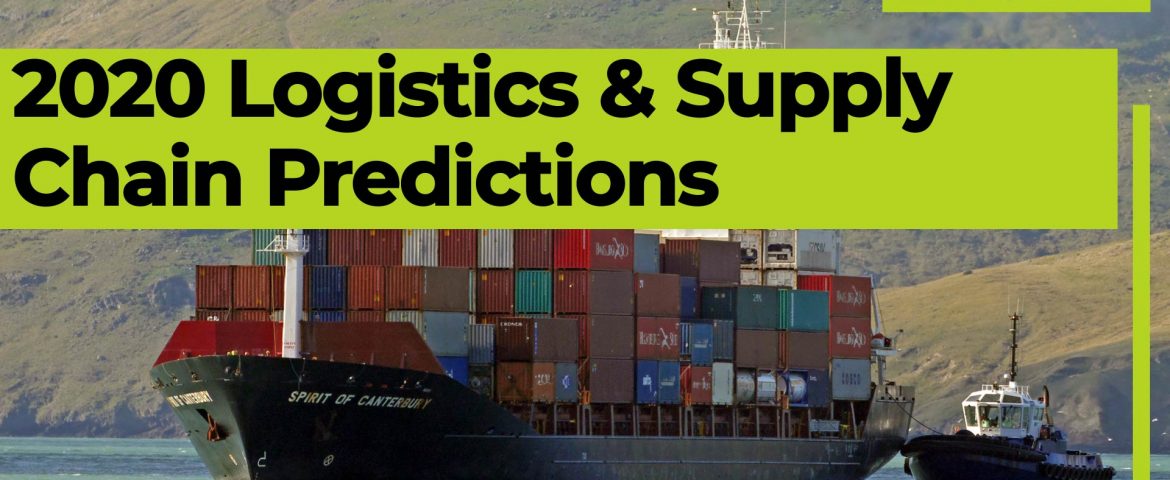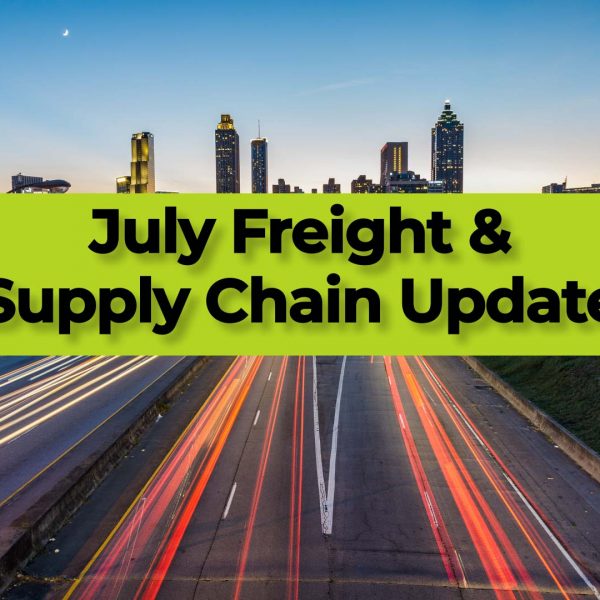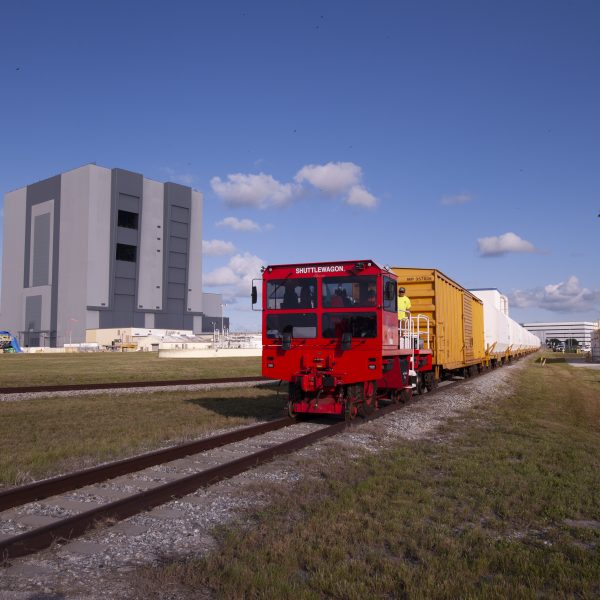Now that 2019 behind us and 2020 is well underway what do we think will be the state of the industry throughout the new year?
Capacity and Pricing
Rates will likely firm and rise somewhat from the 2019 levels experienced throughout much of the year unless unforeseen pressure arise. For example a major tariff rollout due to a trade dispute or a manufacturing pullback could trigger reduced volume thus reducing rates. For carriers, rail, ocean and trucking, increased rates will be welcomed as 2019 proved to be a tough year with many over the road trucking companies going bankrupt. Ocean Carriers also face the tough challenge of meeting new emissions targets as part of the IMO 2020 regulations.
Intermodal rates could increase, but likely not dramatically. The continued implementation of PSR railroading by Class 1 railroads will continue to affect intermodal service lanes and times. While some routes could be dropped, it is more likely that new routes, particularly to new inland ports will be created. Service levels on core routes will likely improve past the subpar service many shippers received in 2018 throughout the initial cuts and challenges with PSR adoption.
The recent massive drop in trade volume from the coronavirus outbreak is a wild card to the slight rate increases that were starting to be seen in the industry, with overall trade volume drastically reduced, rates have in most cases remained relatively flat thus far into the new year. It’s anyone’s guess how far reaching the coronavirus will truly be or how long it’s economic influence will last.
Regulation
IMO 2020 regulations require ocean carriers to drastically lower their emissions will be a major challenge for ocean carriers as they come off a year of softened volumes and rates leading to less profit that is able to be invested into the capital equipment needed for compliance.
Further addressing of the California owner operator AB5 law, which nearly banned independent contractors across many industries, but hit owner operator truck drivers extremely hard, could happen throughout the year, but as of today the law was ruled invalid and in contradiction to federal law when applied to owner operator truckers that are acting as independent contractors.
Tariffs and trade conflicts will likely continue into 2020. While agreements have been made for North American and European trade, agreements with China have yet to be signed. This uncertainty reduces manufacturing investments and overall drops freight volumes as companies wait to see what the final regulations will be before committing to a geographic footprint for manufacturing and supply chain infrastructure. Trade volume will see a boost if a formalized and long term agreement is signed with China, freight forwarders and ocean carriers will see this as a relief as their transpacific routes saw little growth in 2019.
Under the current administration additional emissions regulations on over the road trucks or railroad locomotives are unlikely, but investment is still needed to comply with current EPA standards.
Technology
Increased development and deployment of technology throughout the industry will continue with more ocean carriers offering online booking, as well as the increased pressure from digital startups in the trucking industry on legacy providers.
Autonomous trucks are still many years away, however demonstrations will continue with new and established players both showing off new concepts and advancements.
Shipment visibility should continue to improve as more logistics providers require drivers to carry smart phone apps that provide GPS data.
It is possible that rail carriers will start to implement more technology to catchup to the recent advancements in the trucking sector, however this likely will be more limited in nature and slower to deploy as railroads are so large, the capital costs of the deploying new technology is massive.
Industry Consolidation
2020 will likely see more industry consolidation as various logistics firms acquire smaller firms, the greater scale provides for scaled operational costs as well as more pricing power. It’s possible that some of the tech startups that have entered the industry will also be acquired by more established competitors.
Smaller ocean carriers in particular could see more mergers as the negotiating power of smaller carriers has become a problem particularly in the dry bulk markets.
As we’ve seen with the recent coronavirus outbreak 2020 will likely hold a few surprises too! While everyone makes educated predictions, no one really is certain what 2020 could hold for the industry. The important take away for shippers who want to foster a reliable and cost effective supply chain is to constantly benchmark their data, build diversity into modes and carriers and plan ahead as much as possible.
Stay tuned for more updates from Zmodal coming along very soon!
Zmodal is a digitally enabled logistics provider providing efficient capacity, powerful visibility and analytics to shippers.



